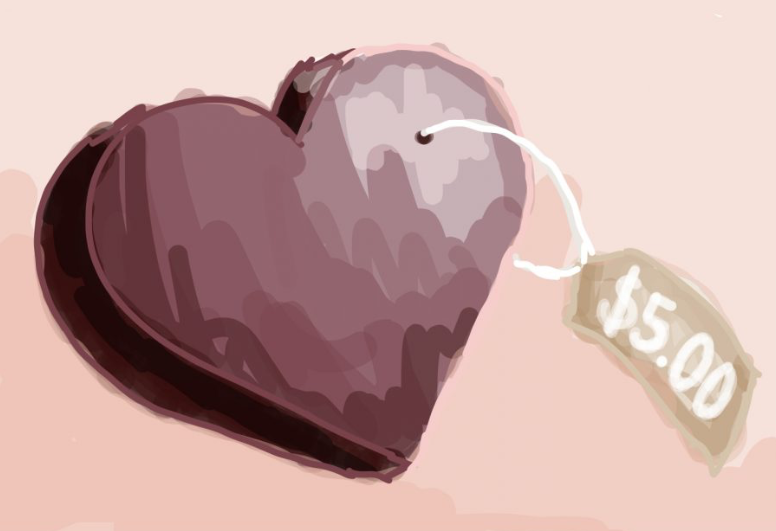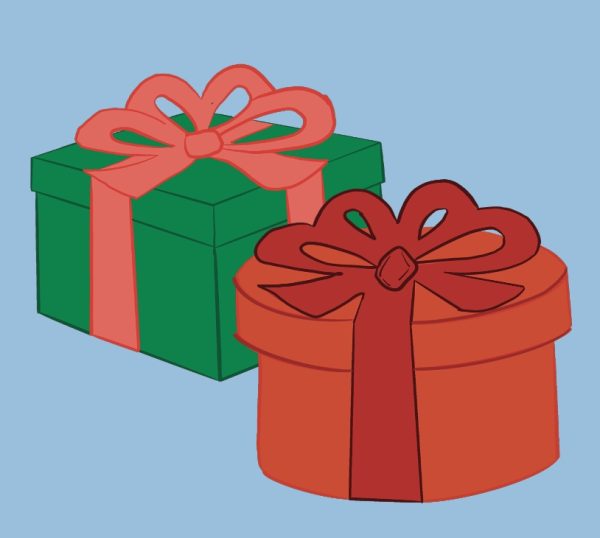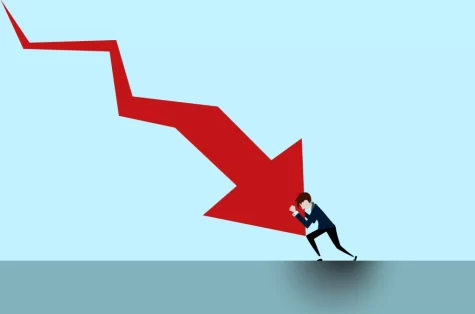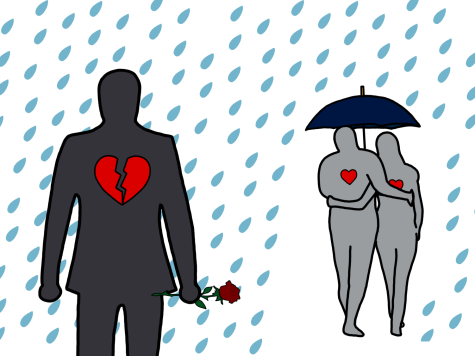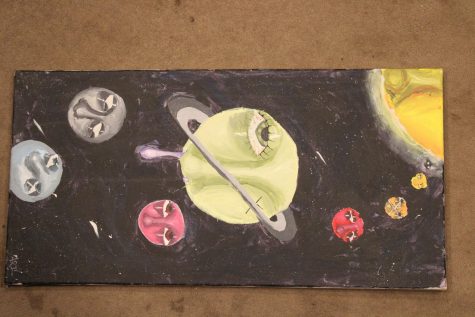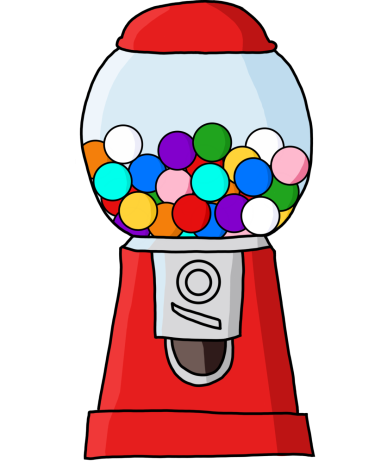Valentine’s Day: A Capitalism Scam
Heart-shaped chocolate boxes, scented teddy bears, red roses: all of these are Valentine’s Day customs from which companies profit off of. The holiday is nothing but a capitalist scam — nearly all the traditions we associate it with involve purchasing commodities to give as gifts, all of which are promoted and advertised by millions of stores nationwide. We are expected to buy expensive treats. The central idea of Valentine’s Day is to spend time with one’s significant other or another loved one, but it has become expected to buy flowers or chocolates or take them out for a nice (pricey) dinner. However, any holiday that forces people to spend unnecessary money is not worth it.
Like Thanksgiving, Valentine’s Day is about giving thanks to loved ones or significant others. Instead of having fun cooking a delicious dinner with family and loved ones, Valentine’s Day is completely materialistic. Chocolates, flowers, balloons are all classic Valentine’s Day customs, but it should not be this way. This holiday should be about spending time to show your love, not by spending money on things like candies or flowers that will not last. Consumer culture has made us expect expensive gifts and dates from our significant others, when in reality, quality time is the most important aspect of a relationship. Instead of spending hundreds of dollars on fancy dinners and gifts, we should strive to create lasting memories with those around us. We should not be waiting for a holiday to show our love and appreciation for one another –it should be year-round. And, our love should not have to be proven with materialistic things either. It should be about spending time and doing acts of service for one another, but the marketing strategies of Valentine’s Day traditions have accustomed the public to thinking otherwise.
Spending money is not uncommon in relationships — it is practically a given that you must take your significant other on a date or throw them birthday parties or dinners, but Valentine’s Day is the day where people are expected to spend the most money. In fact, on this holiday in 2021, Americans spent 21.8 billion dollars on gifts, 5 billion of which were spent on jewelry and 2.3 billion on flowers. That is an average of $192 for all those who celebrated it (which is roughly 52% of the country). It is surprising that so many people care about a holiday that does not have any real meaning other than to spend money on your significant other. And, to make matters worse,\ florists and grocery stores have lately skyrocketed prices of popular Valentine’s Day gifts like chocolates and flowers to further increase their profits.
As the vast majority knows, plastic is an environmental enemy. It gets into the oceans, contaminates big bodies of water and kills ecosystems. With flower bouquets, candy wrappers and gift bags being thrown into the trash in large volumes on this holiday, that amount of pollution and waste increases. According to the Greeting Card Association, approximately 145 million Valentine’s Day cards are exchanged each year, which can result in significant waste since the papers and ink used to create these cards are not always eco-friendly. However, the environmental damage is not just in the waste lands or the ocean — it is in the air too. The transportation needed to bring these gifts also poses a threat, as transportation accounts for about 27% of total greenhouse gas emissions. Since these roses are often imported from out of the country, the amount of greenhouse gas emissions in the months leading up to Valentine’s Day is large.
So, while it feels nice to receive and give gifts to those you love on this holiday, it is incredibly damaging to the environment, to your wallet. Instead, reject the idea that gifting and spending money is how you should express your love. Unfortunately, it will be difficult to slow down the spending and waste during this holiday since it is so widely celebrated and accepted in society. But, change starts with one, and you can be that one.



